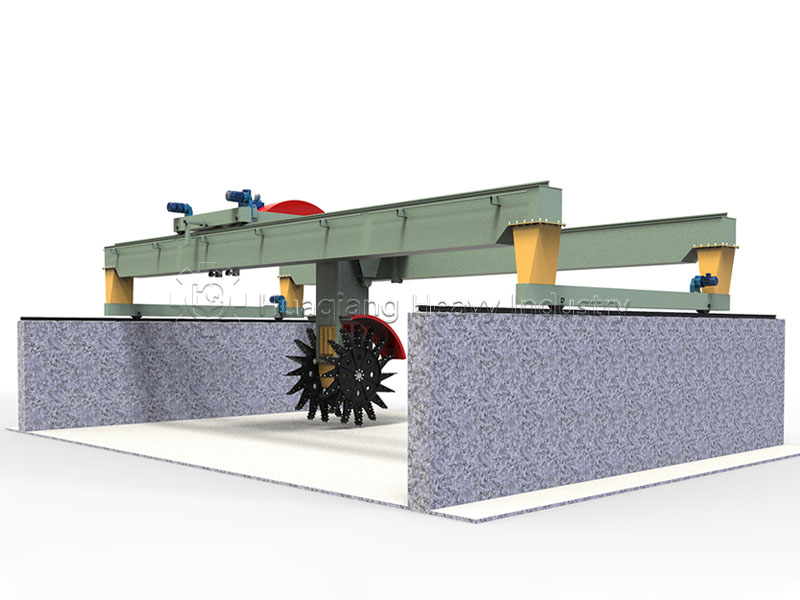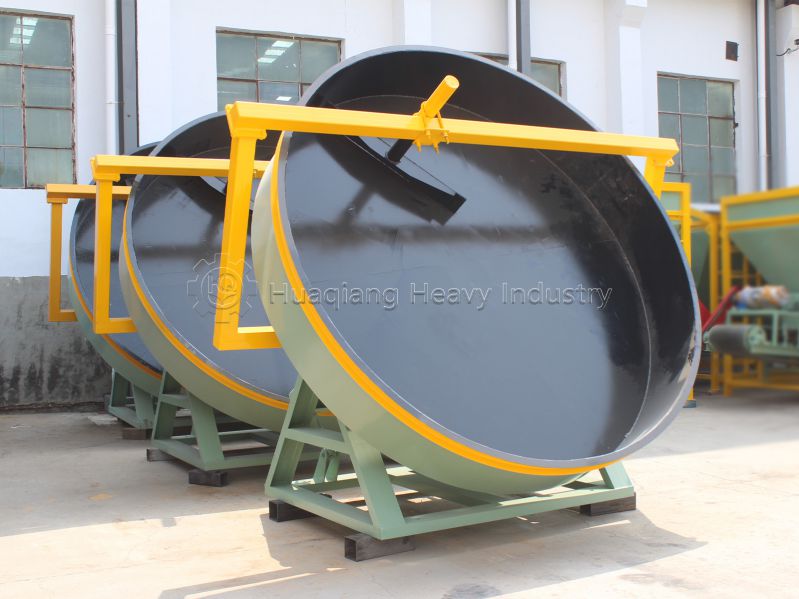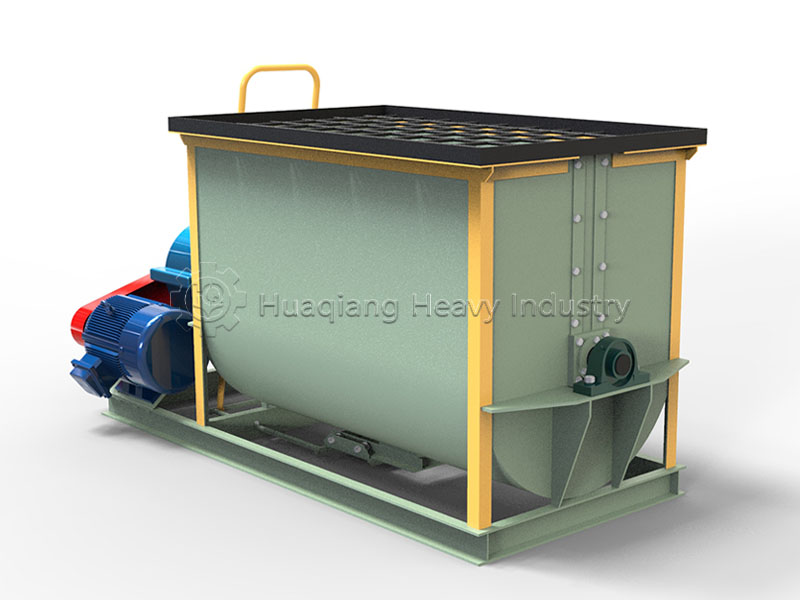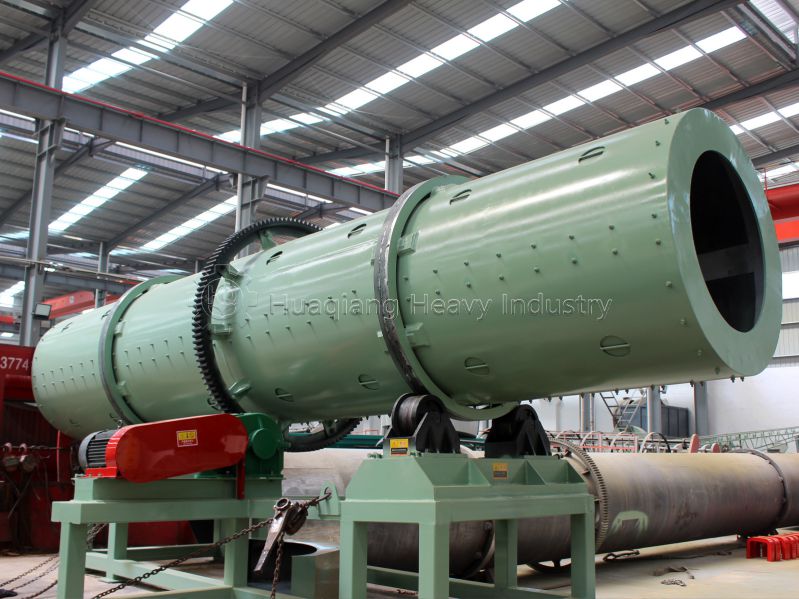The organic fertilizer industry is experiencing rapid growth. With the growing adoption of green agricultural development, market demand for organic fertilizer continues to grow, driving both innovations in raw material processing and the upgrading of production technologies.
Granulation is a key step in the organic fertilizer production process, directly impacting the product’s granule shape and application efficiency. Flat die granulators play a crucial role in this process. These machines extrude fermented and decomposed organic materials into uniform, solid granules, facilitating transportation and storage while also facilitating mechanized fertilization.
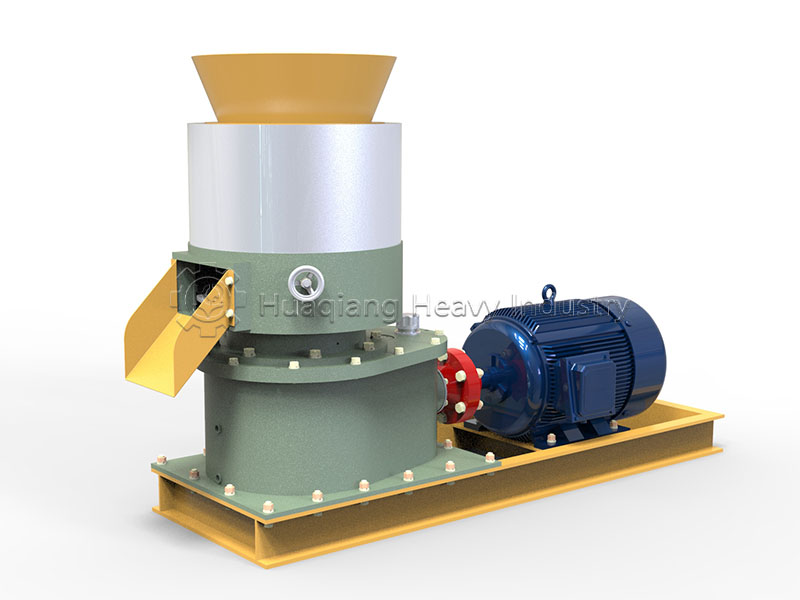
The advantages of flat die granulators lie in their adaptability, ability to process a wide range of organic materials, and relatively relaxed requirements for raw material moisture content. This relatively simple structure and easy operation and maintenance make them widely used by small and medium-sized organic fertilizer manufacturers. Flat die granulators offer a high granulation rate and moderate granule strength, helping to reduce dust issues during use.
Currently, the organic fertilizer industry is moving towards scale and standardization. Technological advances in production equipment, particularly the continuous optimization of the granulation process, have provided strong support for improving product quality and production efficiency. With the iteration of technology, organic fertilizer production in the future will be more efficient and energy-saving, contributing more to sustainable agriculture.
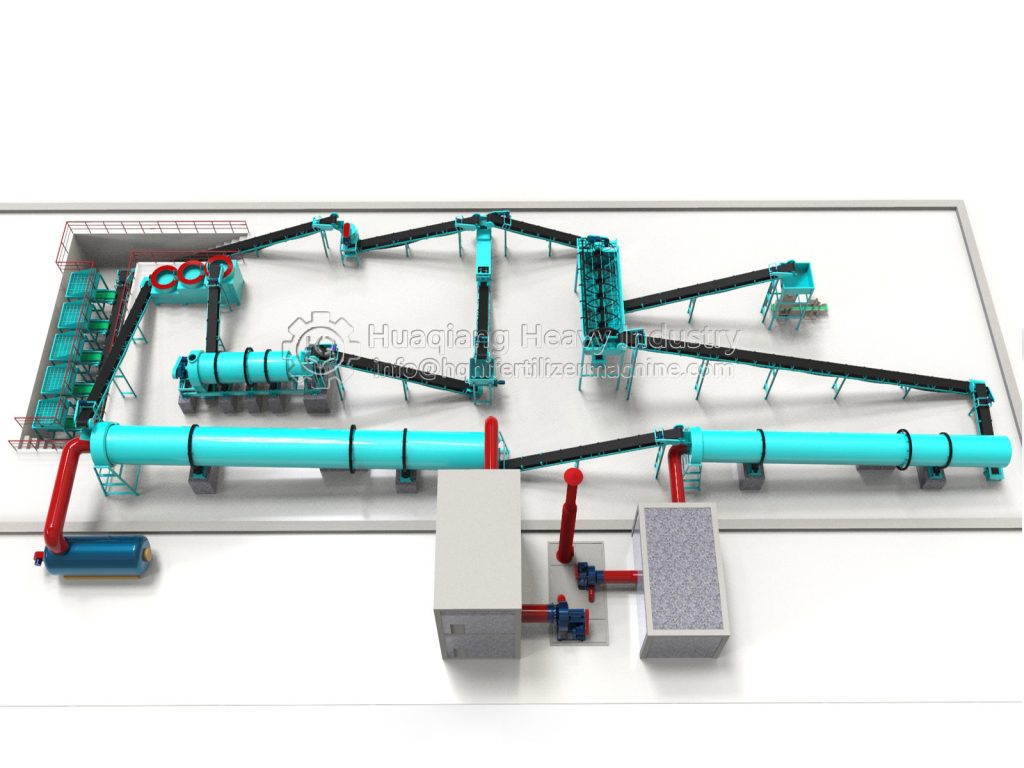

.jpg)


